
Roof Mold: How to Clean Your Roof & Prevent Regrowth
by RobertKeith
Learn about the health dangers and property damage that comes from letting mold and algae grow untreated.
Roof mold can be a bad look for any property, but the dangers are more than just aesthetic.
Mold is a complex life form, and therefore needs sustenance to survive. More often than not, they find it by eating the roof itself! Limestone shingles are the most vulnerable of all, as mold tends to find this mineral particularly appetizing.
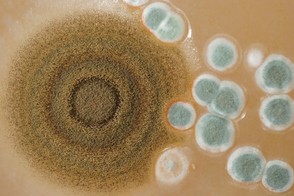 Macro Mold Colony By "moomsabuy", FreeDigitalPhotos.net |
The Financial Cost
It goes without saying that unsightly marks over a roof can reduce both curb appeal and property value. However, the economic impact can go far deeper.
By eating away at your roof, mold can reduce the weather-proofing and insulation of your household, meaning a greater dependence on electricity to keep yourself comfortable.
The Health Cost
These microscopic organisms are now in an ideal position to spread. Whether via an open window or an air conditioning unit, it can easily make its way into your home, triggering allergies and reducing the overall hygiene of your lifestyle.
How to Clean Roof Mold
While the jury is still out on its effectiveness compared to commercially available roof cleaning solutions, the following remedy is often cited as effective:
- One quarter bleach
- Three quarters water
- ...and a dash of trisodium phosphate
A representative of House Washing Brisbane suggests spraying the roof with a large hand pump spraying device, then letting it sit for 15-20 minutes. If it doesn't fall away under a brush, repeat the entire process until it does.
If you're concerned about nearby trees or plants, spray them generously with pure, clean water first. This will drastically reduce the risk of damage from bleach spray.
When you're done, very thoroughly rinse away the solution with a hose to prevent the bleach from damaging the roof shingles.
How to Stop it Growing Back
Your first priority is to deal with nearby branches, vines, or anything else that might prevent direct sunlight and a good air flow. Remember: these organisms are far more likely to thrive in a damp, dark, closed-in area.
Zinc strips are an excellent way to prevent the regrowth of mildew and mold. Installed near the top ridge of your roof, water will carry traces of the metal down as it rains, triggering a chemical reaction that will slow - if not outright stop - further growth.
You can also purchase dedicated roof cleaning solution, which you can simply apply annually and leave to do its job. With the right precautions first time around, you'll find it's a job that can get progressively easier each year.
The Dangers of DIY
Roof cleaning can be very hazardous, so be sure to exercise every caution to ensure you don't slip.
If in doubt, call a professional, or consult them regarding the best safety practices to follow.
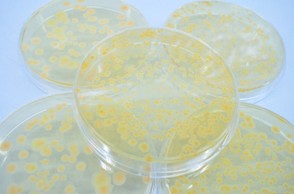 Mould Colony By "Photokanok", FreeDigitalPhotos.net |
...And while you're on a roll, how about cleaning those windows too?
Updated: 01/21/2013, RobertKeith
Thank you! Would you like to post a comment now?
2
Disclosure: This page generates income for authors based on affiliate relationships with our partners, including Amazon, Google and others.
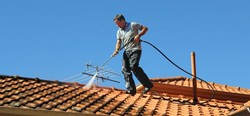



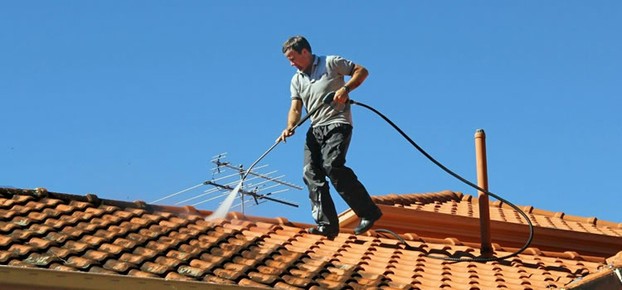







 10 Things You Need To Have Clean and Spotless Clotheson 10/28/2021
10 Things You Need To Have Clean and Spotless Clotheson 10/28/2021
 10 Business Ideas For Newbies That Will Thriveon 10/27/2021
10 Business Ideas For Newbies That Will Thriveon 10/27/2021


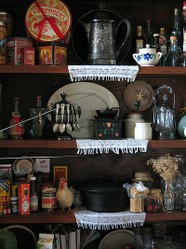
Comments
I'm tweeting this, I see this problem on roofs as I drive about the city. Great tips on getting rid of that unattractive mold... does the same process work for mold on siding? :)K